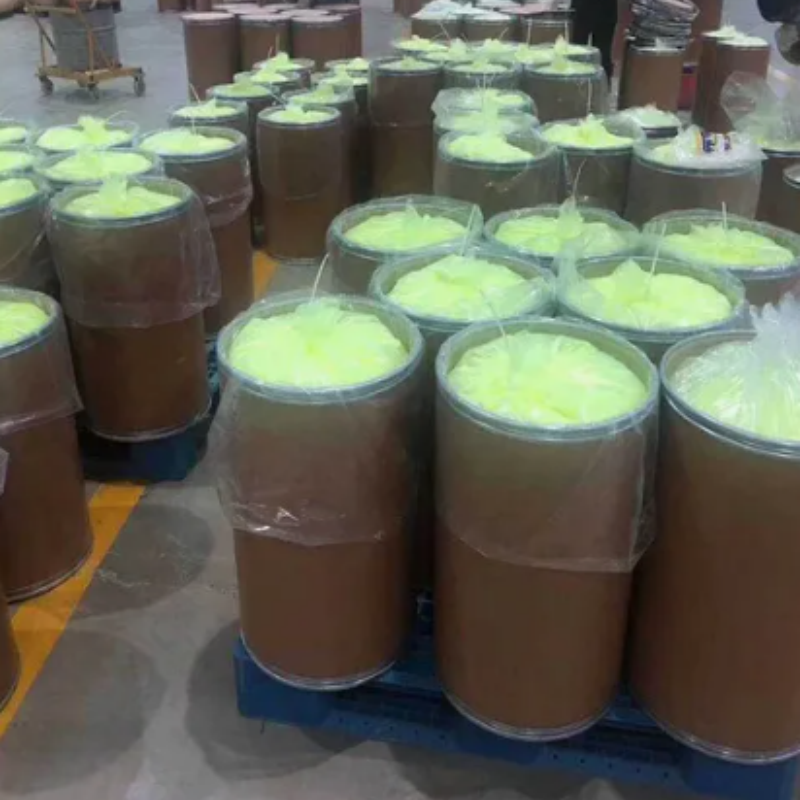-
Categories
-
Pharmaceutical Intermediates
-
Active Pharmaceutical Ingredients
-
Food Additives
- Industrial Coatings
- Agrochemicals
- Dyes and Pigments
- Surfactant
- Flavors and Fragrances
- Chemical Reagents
- Catalyst and Auxiliary
- Natural Products
- Inorganic Chemistry
-
Organic Chemistry
-
Biochemical Engineering
- Analytical Chemistry
-
Cosmetic Ingredient
- Water Treatment Chemical
-
Pharmaceutical Intermediates
Promotion
ECHEMI Mall
Wholesale
Weekly Price
Exhibition
News
-
Trade Service
Shanghai copper fell for five days in a row last week, and the trend was quite weak, extending the decline of several trading days
.
The macro atmosphere has become worse and worse, the global economic market is surrounded by a demon wind, and non-ferrous metals are collectively under pressure
.
As the Fed's successive hawkish comments brought the market back to the logic of aggressive interest rate hikes, the dollar held strong near more than 20-year highs, and U.
S.
Treasury yields continued to rise, which dampened market confidence and suppressed metal prices and demand prospects
for a while.
At the same time, China, as the world's leading consumer of metals, is also facing headwinds in economic growth, which is also unfavorable
for metal demand.
The official August manufacturing PMI was slightly better than expected, but contracted
for the second month in a row.
In addition, the recovery of domestic power, the resumption of production and work of major smelters and the increasing supply pressure, and the copper demand side is still difficult to say optimistic, the real estate slump continues to pull copper consumption, so that Shanghai copper fell into a long-short glue and continued to weaken
.
Moreover, copper fundamentals have limited changes, spot trading is not very bright, and it is difficult to resist the weakening of the macro atmosphere, so copper prices are still weak during
the week.
In terms of spot, the entire trading market is weakening under the influence of bearish sentiment, and holders are afraid of falling and choose to reduce to stimulate shipments, but it is still difficult to boost the enthusiasm of
downstream replenishment.
However, the receivers mostly purchase at low prices, and the demand for replenishment is not strong, and they still mainly buy just in demand
.
At present, the opening time of the import window is significantly shorter than before, and it is expected that the inflow of imported copper will decrease after that, and the pattern of high premium and low inventory may reappear
.
On the supply side, overseas supply bottlenecks still exist, mine disturbances continue, and mid-year production growth is less than expected; The decline in smelting profits in Shandong, Hunan, Hubei and other places in China led to the easing of smelting capacity release, coupled with the high temperature power cuts in mid-to-late August, the output of major smelters in southwest, east China and central China was damaged, but the impact of recent power mitigation subsided, the supply side was reduced, and the Anhui Tongling nonferrous smelter has resumed production; In Shanghai, due to the increase in the arrival of imported copper, the supply tightening is expected to decline
.
However, spot interference has not been eliminated; Scrap copper supplies are also tight; Imports may be limited
by a liquidity crisis of a large importer.
At the same time, the domestic low inventory pattern is insufficient in spot, and the supply expectation in August is lower than before
.
On the demand side, the global demand side is still weak, and it is still continuing to decline under the tight expectation of interest rate hikes in major economies in Europe and the United States, and the weak differentiation of domestic demand is also quite serious, especially the slump in the real estate industry, pulling the performance of the consumer side, although there is infrastructure and power grid investment beyond expectations, new energy performance is eye-catching, but still do not see that there is a huge driving force
in metal demand 。 In addition, the impact of limited electricity in the early stage, the terminal wait-and-see mood is still there, most cable companies new orders show signs of decline, the weekly operating rate of major fine copper rod companies declines, and due to the continuous weakening of new orders and the impact of high premium, many copper rod companies in South China are forced to stop production, in addition to downstream orders continue to weaken, and scrap copper merchants' willingness to dump goods increases, the industry is afraid of heights
.
Overall, the Fed and the European Central Bank are about to raise interest rates, and the dollar has soared all the way to a 20-year high
.
Industrial metals were hit by the strength of the US dollar
.
And the anxiety of economic growth will certainly have a profound impact on the entire market and again reduce investors' risk appetite
.
At the same time, poor domestic manufacturing data in August and the outbreak of the epidemic in many industrial cities including Chengdu and Shenzhen in domestic cities have aggravated market concerns, metal demand may be affected, and supply and demand are very limited in the face of copper price support
.
If the epidemic continues to ferment, consumption may be greatly impacted, but the uncertainty of the epidemic is very high, coupled with the continuous support of stable policies and the unexpected investment of the power grid, the acceleration of infrastructure construction and the good development of new energy, will become a strong support point to support copper prices, and it is expected that Shanghai copper will maintain a wide range of fluctuations in
the short term.







